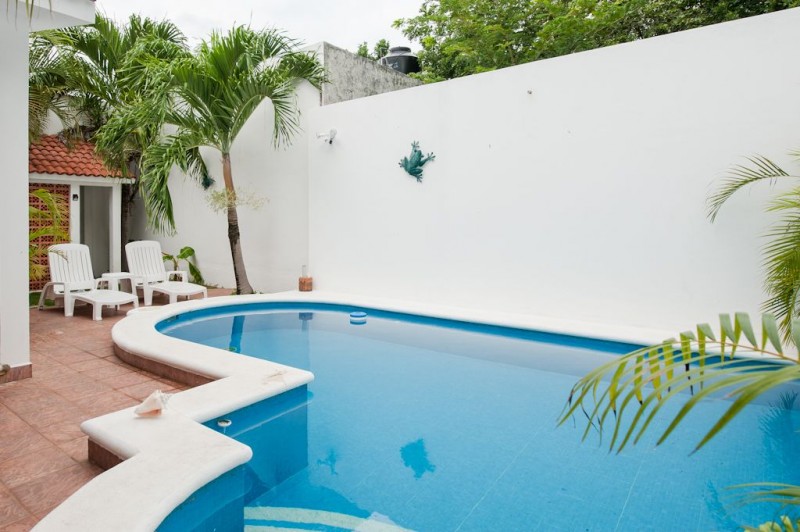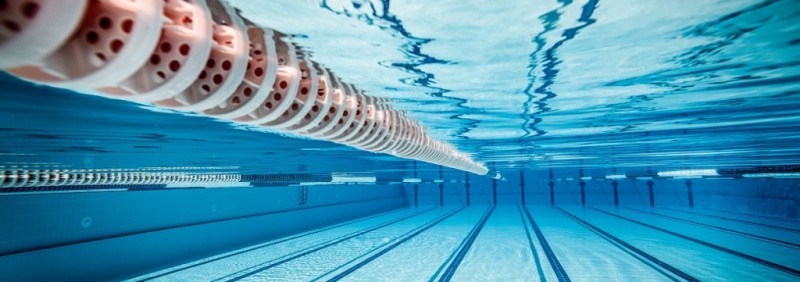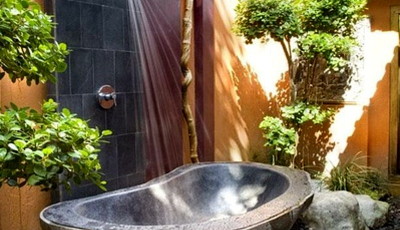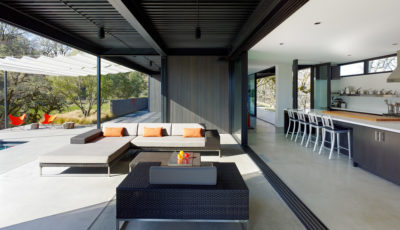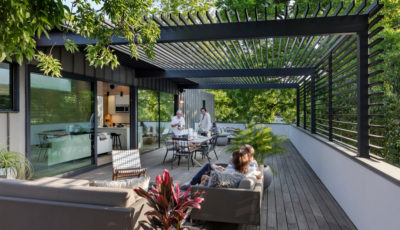The Essentials of Painting an Inground Swimming Pool
Summer’s close and drawing nearer by the day, and if you haven’t managed to save up enough money for a beachside holiday this year, you should at least have that backyard swimming pool thoroughly cleaned, fixed and repainted. Before you grab your paint bucket and get to work, check out these practical tips on how to optimize and maximize pool paint application and ensure the best summer dipping experience ever.
Price vs. Lifespan: Paint Types and How to Pick the Right One
Pool paint comes in three different types, each of which has its individual features, necessary drying time and lifespan. To put your mind at peace in the long-run, try epoxy paint: extremely durable and impressively resistant, epoxy paint can last up to ten years before needing a fresh paint number.
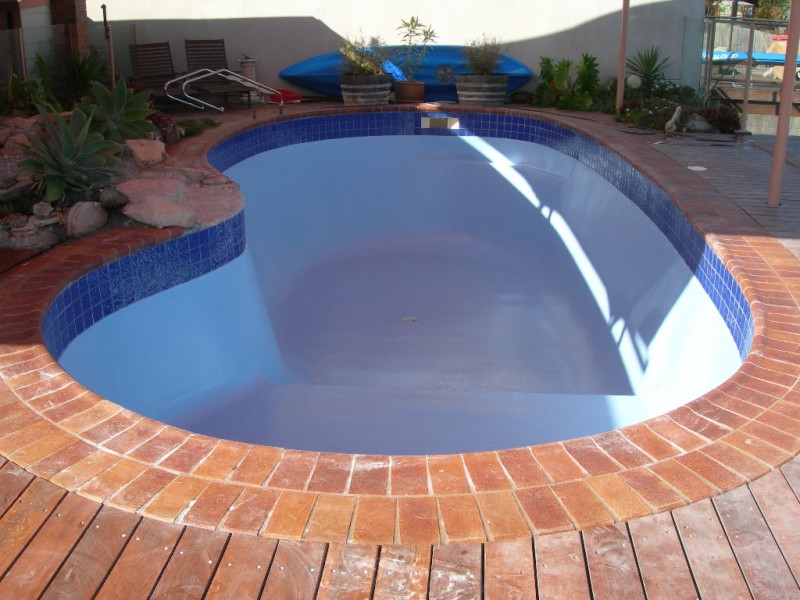
source
On the other hand, the less pricey chlorinated rubber-based paint will keep your pool walls and floor safe and well-protected for about four to five years. If your budget is extra-tight, try water-based acrylic paint: highly affordable and compatible with any original paint surface, acrylic paint promises a two- or three-year lifespan, after which you’ll have to repaint the pool with a new acrylic dip layer.
Preparation Time: Roll up Your Sleeves and Get to Work
The knack to achieving smooth pool surface and a stunning paint number lies in carefully executed preparations. After you’ve drained the water from your pool, remove any dead leaves, stones and other debris from the bottom. Then, take out a pressure washer and use it to eliminate the peeling paint coat.
Once done peeling the previous paint layer, use caulk to fix the surface and fill up any cracks in your pool walls and bottom, and also patch missing chips of the pool sides with a dash of hydraulic cement. After the repair work is done, scrub the pool with a solution consisting of water and muriatic acid (50-50 percent ratio).
Now rinse the pool and wash it once more using trisodium-phosphate detergent to make sure you’ve ousted all dirt, grease and acid leftovers from the surface. Finally, rinse the swimming pool one more time and leave the walls and bottom to dry for a few days before you apply epoxy or rubber-based paint. If you’re using acrylic paint, you can get to work immediately as acrylics doesn’t require a dry surface and can be applied to damp pool sides and floor.
A Michelangelo in the making: Pool paint procedure
For the pool painting procedure, pick an interval of sunny, wind-free weather with temperatures within 40-90 degrees Fahrenheit range, say reputed swimming pool paint suppliers. Mix the paint thoroughly for several minutes and then apply it to the pool surface with a 3/8-inch nap roller starting from the deep end.
When applying paint, gradually move from the deep part of the pool to the shallow end and make sure you cover the walls well (use an extension pole for the nap roller if necessary). One coat of pool paint is usually enough to last a couple of swimming seasons, but you can double it after a few hours of drying time for extra coverage and durability or in case the first layer didn’t prove as seamless as you wanted it to.
Leave the pool freshly coated with epoxy or rubber-based paint to dry for around five days (three days with acrylic) and make sure you eliminate standing water in case of unexpected rain as liquid spills or downpours that may occur before the pool paint has dried can easily lead to paint cracks, coat surface bubbling and peeling.

